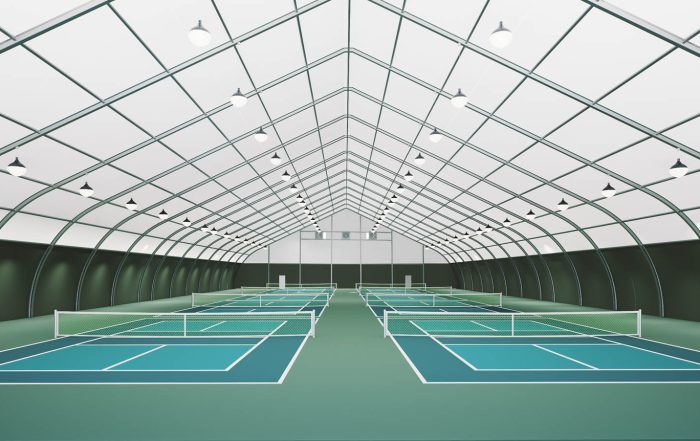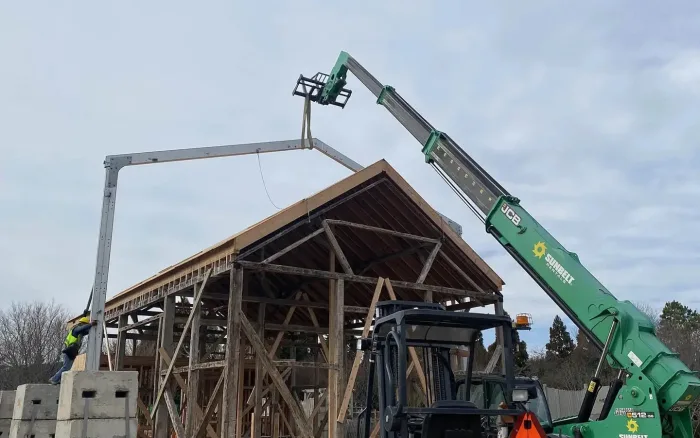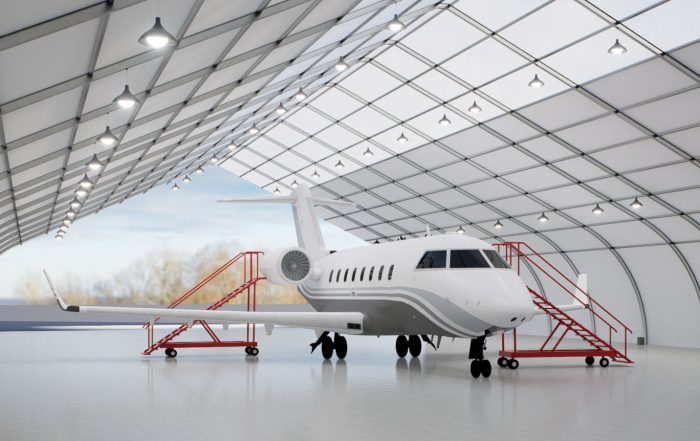Planning is key when it comes to the development of a new commercial building. This kind of construction is extremely costly, time consuming and labor intensive at each and every stage, from design to construction. It can be challenging to stay inside of a budget, especially when trying to incorporate stylish branding elements and architectural features.
However, a comprehensive plan can help guide things along and ensure that building process stays on track and progresses smoothly. It also allows companies the opportunity to think through different potential designs, which in turn will permit them the ability to make their ultimate decisions with confidence. Planning helps ensure a space that meets every need of the business, without breaking the bank.
When adequate time and attention is not devoted to the planning stage, the results can be disastrous. Construction may go over budget or be inefficient. The ramifications can be even more severe including such consequences as a poor design that is not structurally sound.
Below are some of the most common mistakes that are made by businesses in the building process, so that they can be more easily avoided.
Failure to Account for Building Codes
Building codes are set by the local government and are designed to ensure that all new construction is safe and soundly built. It’s crucial that any business looking to build a commercial structure starts off by first familiarizing themselves with the building codes for their area. Any failure to comply with these rules can mean consequences, the minimum of which would be a fine, but at their most severe, could result in the newly constructed building being unable to withstand regional weather.
It’s vital that building codes are factored in at the blueprint and planning stage, since trying to get a building up to code once fully constructed can prove much more costly and time-consuming. It’s also important that permits are considered as well. Many areas will require permit applications be submitted before various steps can be taken. Fortunately, working with the right contractors can help this process substantially, because they can help keep the project adhered to all timelines and deadlines.
Failure to Implement an Energy Efficient Design
Energy-efficiency is often overlooked when it comes to commercial construction. However, it’s something that can be very beneficial to explore, because not only can it be more eco-friendly, energy efficient solutions often save businesses lots of money. Energy inefficient buildings usually have higher utility bills, which can have a major impact on profits down the line.
Fortunately, the fabric structures that ISS offers include energy-efficiency as a key design feature, making them a highly competitive option when it comes to cost. Our clear span structure tops allow for natural light and ventilation, which means that there is a reduced need for costly mechanical solutions.
Failure to Customize
Often, the cost and requirements of traditional construction don’t leave much room for potential customization. This is unfortunate, because customizing a building helps ensure that a business is able to get something that really meets their needs and helps them get the most out of their money.
Temporary structures from Industrial Structure Solutions offer extensive customization options. This means that any operational needs and requirements can be met. The structure’s footprint, frame, walls, accessories, and so much more can all be tailored to a company’s specific preference.




